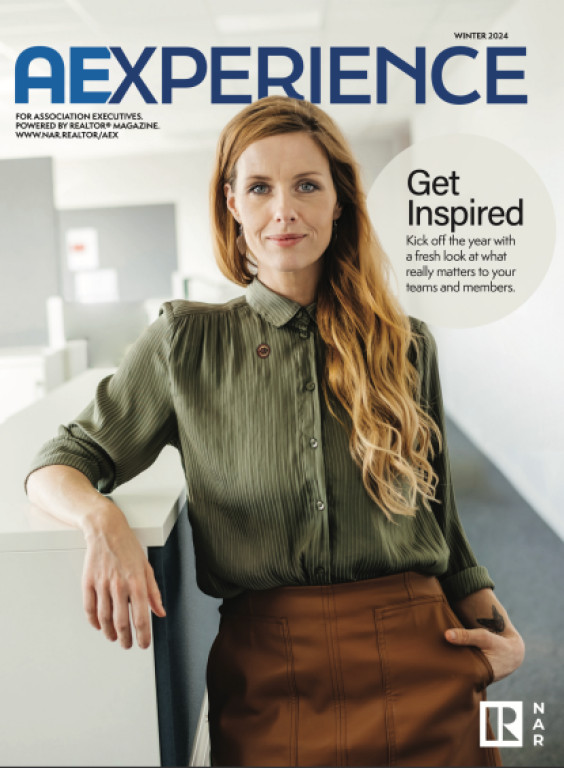The timeline of humanity demonstrates that how we do things, how we think about things, and how we communicate with each other always changes. This requires us to effectively figure out how to wisely transition from the past, through the present, into the future. Yet while the transitions and changes may be different, the process of effectively transitioning is timeless, applicable to all generations, and is best led by “futurists”—people who study and predict the future based on current trends.
For REALTOR® associations, the character traits of futurists usually reside with the association executive.
I recall listening to a skit my kids were watching on Sesame Street, which was trying to teach viewers about consequences. The idea was to think about the current situation, consider a course of action and evaluate how that action would change the way things were. It sounds pretty boring on paper, but in reality, this practice is the beginning of being a futurist.
Why is being a futurist important? Because it minimizes how much the future catches you by surprise. When you are part of an association, this is important. But when you are an AE, being prepared for the future is your job.
So, can you become a futurist, or is it a mindset you are born with? Yes and yes—but in both instances, it requires training and clarity.















